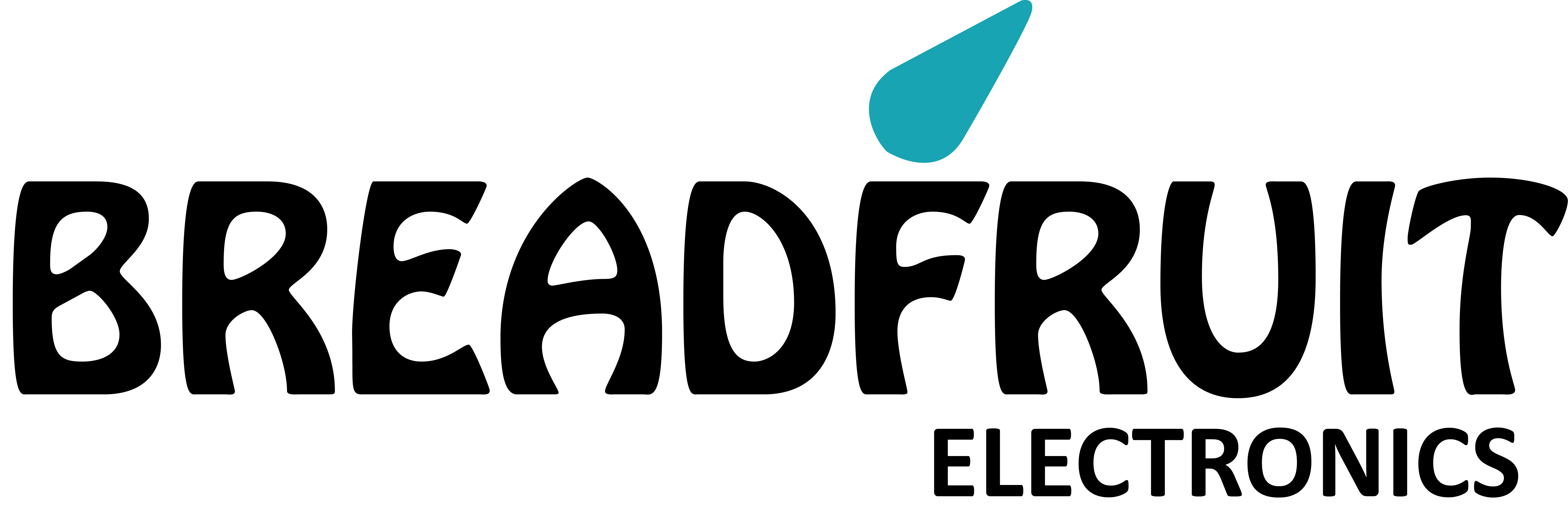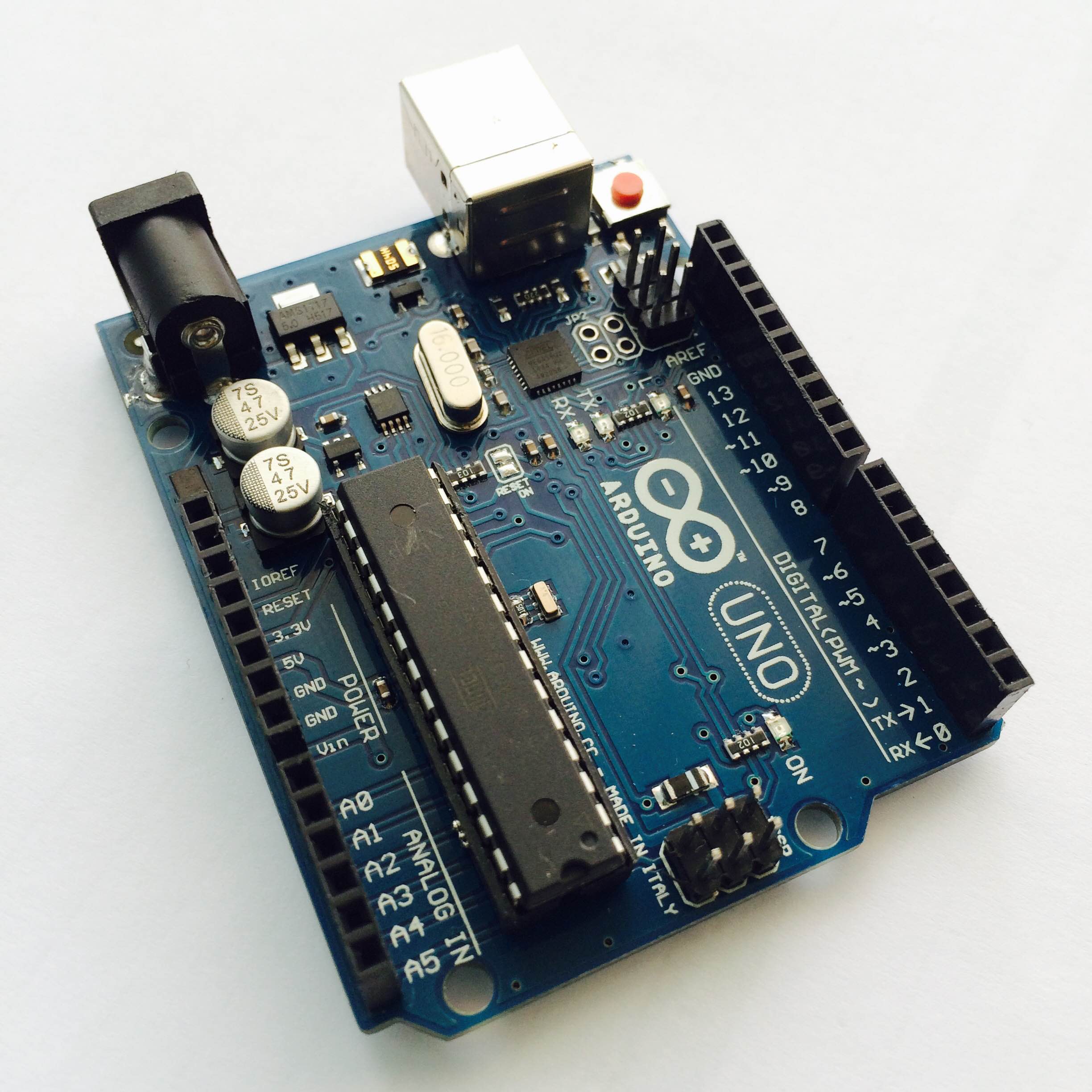Best Seller Items
Featured Items
-
16 characters wide,2 rows character LCD module,SPLC780C controller (Industry-standard HD44780 compatible controller),6800 4/8-bit parallel interface, single led backlight with white color
1602 LCD Module (16X2 LCD)
NPR 450.00 -
-
The Raspberry Pi B+ / Pi 2 / Pi 3 / Pi 4 has landed on the Maker World as a 40-GPIO pinned, quad-USB ported, credit card-sized bomb of DIY joy. it’s probably a good time to upgrade your setup and accessorize using all of the Model B+’s / Pi 2’s / Pi 3 / Pi 4’s 40 pins.
That’s why we now carry the Adafruit Assembled Pi Cobbler Plus – Breakout and Cable for Raspberry Pi A+, B+, Pi 2, Pi 3, and Pi 4. It’s an add-on prototyping Pi Cobbler from Adafruit specifically designed for the B+ and Pi 2 that you can break out all those tasty power, GPIO, I2C, and SPI pins from the 40-pin header onto a solderless breadboard. This will make “cobbling together” prototypes with the Pi super easy.
Designed for use with Raspberry Pi Model A+/B+/Pi 2/Pi 3/Pi 4 only! No soldering is required!
Pi Cobbler B+ (Adafruit)
NPR 900.00 -
This prototyping shield is the best out there (well, we think so, at least), and now is even better with Version R3 – updated for the most compatibility with just about all the Arduinos! It works with UNO, Mega, Leonardo, NG, Diecimila, Duemilanove, and compatible Arduinos. Yun’s and Arduino Ethernets have a chunky Ethernet jack that gets in the way of stacking, you can use the stacking headers included and it will work, just doesn’t sit nice and flat.
Proto Shield for Arduino kit (Adafruit)
NPR 1,500.00 -
Microcontroller:ATmega328
Operating Voltage:3.3V or 5V (depending on model)
Input Voltage:3.35 -12 V (3.3V model)or 5 – 12 V (5V model)
Digital I/O Pins:14 (of which 6 provide PWM output)
Analog Input Pins:6
DC Current per I/O Pin:40 mA
Flash Memory32 kB (of which 0.5 kB used by bootloader)
SRAM:2 kB
EEPROM:1 kB
Clock Speed:8 MHz (3.3V model) or 16 MHz (5V model)
Arduino Pro Mini
NPR 899.00 -
The Arduino Ethernet Shield connects your Arduino to the internet in mere minutes. Just plug this module onto your Arduino board, connect it to your network with an RJ45 cable (not included) and follow a few simple instructions to start controlling your world through the internet. As always with Arduino, every element of the platform – hardware, software and documentation – is freely available and open-source. This means you can learn exactly how it’s made and use its design as the starting point for your own circuits. Hundreds of thousands of Arduino boards are already fueling people’s creativity all over the world, everyday. Join us now, Arduino is you!
Requires an Arduino board (not included)
Operating voltage 5V (supplied from the Arduino Board)
Ethernet Controller: W5100 with internal 16K buffer
Connection speed: 10/100Mb
Connection with Arduino on SPI portArduino ethernet Shield
NPR 4,400.00 -
-
Microcontroller
ATmega168 or ATmega328V
Operating Voltage
2.7-5.5 V
Input Voltage
2.7-5.5 V
Digital I/O Pins
14
PWM Channels
6
Analog Input Channels
6
DC Current per I/O Pin
40 mA
Flash Memory
16 KB (of which 2 KB used by bootloader)
SRAM
1 KB
EEPROM
512 bytes
Clock Speed
8 MHz
Arduino Lilypad
NPR 600.00 -
Microcontroller
ATmega32u4
Operating Voltage
5V
Input Voltage (recommended)
7-12V
Input Voltage (limits)
6-20V
Digital I/O Pins
20
PWM Channels
7
Analog Input Channels
12
DC Current per I/O Pin
40 mA
DC Current for 3.3V Pin
50 mA
Flash Memory
32 KB (ATmega32u4) of which 4 KB used by bootloader
SRAM
2.5 KB (ATmega32u4)
EEPROM
1 KB (ATmega32u4)
Clock Speed
16 MHz
Length
68.6 mm
Width
53.3 mm
Weight
20g
Arduino Leonardo
NPR 1,950.00 -
The Arduino Due is a microcontroller board based on the Atmel SAM3X8E ARM Cortex-M3 CPU. It is the first Arduino board based on a 32-bit ARM core microcontroller.
It has 54 digital input/output pins (of which 12 can be used as PWM outputs), 12 analog inputs, 4 UARTs (hardware serial ports), a 84 MHz clock, an USB OTG capable connection, 2 DAC (digital to analog), 2 TWI, a power jack, an SPI header, a JTAG header, a reset button and an erase button.
Warning: Unlike most Arduino boards, the Arduino Due board runs at 3.3V. The maximum voltage that the I/O pins can tolerate is 3.3V. Applying voltages higher than 3.3V to any I/O pin could damage the board.
Arduino Due
NPR 3,899.00 -
Protect your Arduino UNO R3 with the transparent and stylish casing.
Arduino Uno Casing (Transparent Box)
NPR 300.00 -
-
Input: 100~240V, 50/60Hz
-
Output: 9V,1A
-
Works with most devices that use a 9V adaptor and less than 1A of power
-
Power Supply for Arduino
Power Supply for Arduino (9V 1A)
NPR 300.00 -
-
-
Prototyping area for soldering connectors, circuitry or sensors.
-
Onboard 3.3v regulator is both a reliable reference voltage and also reliably runs SD cards that require a lot of power to run
-
Works with Arduino UNO, Duemilanove, Diecimila, Leonardo or ADK/Mega R3 or higher. ADK/Mega R2 or lower are not supported.
-
SD card interface works with FAT16 or FAT32 formatted cards. 3.3v level shifter circuitry prevents damage to your SD card
-
Real time clock (RTC) keeps the time going even when the Arduino is unplugged. The battery backup lasts for years
Arduino Data Logger Shield (Micro SD Slot + RTC)
NPR 1,699.00 -
-
This relay module allows you to combine the processing power of the Arduino to devices that use higher current and voltage. It does so by providing four relays that are rated for 10A at 125VAC.
There are four relays that each provide dry contact outputs. That is to say that each relay provides a common (COM) , normally open (NO) and a normally closed (NC) terminal.
4- Channel Arduino Relay Shield
NPR 650.00 -
It is the Chinese clone of the Arduino Mega 2560 and is capable of doing all the functions.
The MEGA 2560 is designed for more complex projects. With 54 digital I/O pins, 16 analog inputs and a larger space for your sketch it is the recommended board for 3D printers and robotics projects. This gives your projects plenty of room and opportunities.The MEGA 2560 is designed for more complex projects. With 54 digital I/O pins, 16 analog inputs and a larger space for your sketch it is the recommended board for 3D printers and robotics projects. This gives your projects plenty of room and opportunities.
Arduino Mega 2560 (Chinese)
NPR 1,550.00












































